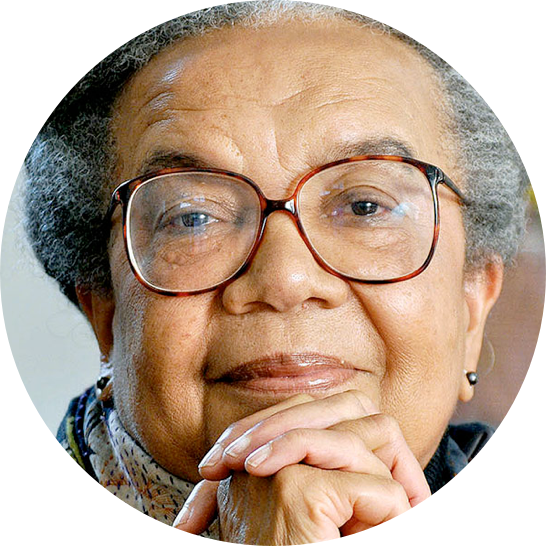What goes through a police officer’s mind when he’s handcuffing a child? That’s not a rhetorical question. On March 13th, a police officer arrested seven-year-old Gerard Mungo, Jr., at his home in a low-income Black neighborhood in East Baltimore, Maryland. Based on the officer’s claim that he was riding a dirt bike on the sidewalk, Gerard was taken into custody and brought to a police station where the police took his fingerprints and mug shot. According to newspaper reports, he was handcuffed to a bench at the station and interrogated by the police. I’m not relating an account of the arrest of a homicide suspect or drug kingpin. This is about a seven-year-old Black child.
Among the many things that are alarming about this incident is that it’s not isolated. The arrests of Black and Latino children, mainly from poor communities, are becoming disturbingly common. And those hauled off in handcuffs are getting younger and younger. In arresting Gerard, the police brought him to a yawning portal of America’s “Cradle to Prison Pipeline” that funnels children and teens by the tens of thousands down channels that lead to arrest, conviction, incarceration, and even death.
In its major new Cradle to Prison Pipeline® Initiative, the Children’s Defense Fund has found that the prison pipeline is made up of a complex array of social, economic and political elements. Prominent among them are poverty and race but other components include struggling families, poor and depressed communities, limited access to health and mental health care, underperforming schools, broken or unfair child welfare and juvenile justice systems, unequal law enforcement and a political ethos that places incarceration over child development.
Disparities in how laws are enforced are critical elements in how the prison pipeline affects people in poor, minority communities. Gerard was roughly handled in the arrest. Newspaper accounts describe how the officer pulled him off the bike by his collar and came after him when he fled into his home. When a police supervisor finally intervened at the request of Gerard’s mother, he completely mishandled the situation by shouting at the child, “Do you know what you did wrong, son?”
I come back to my original question. When a police officer is closing a pair of handcuffs around the wrists of a child, does his common sense tell him that what he’s doing is wrong? There are more questions. Was the officer not able to make the distinction between a young child and a dangerous adult felon? Has he numbed himself from imagining such a thing happening to his own child or nephew? A senior police official noted that alternative approaches were available to the officer such as talking with the parent or just confiscating the bike. Why weren’t these tried?
It would be a mistake to focus solely on one policeman. What happened to young Gerard may indicate that the arresting officer is operating in an official environment that tolerates or winks at such arrests and that he needn’t fear facing any sanction for his actions from higher-ups. No doubt, the Police Department’s zero-tolerance arrest policy initiated by former Mayor Martin O’Malley, now Maryland’s governor, contributed to that environment. It would appear that the leaders of the Baltimore Police Department—at all levels—have taken this mindless zero tolerance in law enforcement to extremes. Reprehensible as this incident was, the damage done extends beyond a seven-year-old boy. This arrest sends a message to the residents of East Baltimore that if a child can be scooped up for the most trivial of infractions, then no one is beyond the vagaries of law enforcement run amok.
If you go to the Baltimore Police Department website, its says: “Protect and Serve the Citizens of Baltimore.” In Gerard’s case, who was protected? And who was served? Not Gerard. The police whom we’re supposed to call when we need help have told this child he’s a criminal. The trauma of this experience has dealt a deep blow to his self-image. And that is something that should never happen to any child. The whole affair leaves us with disturbing and unresolved questions.

